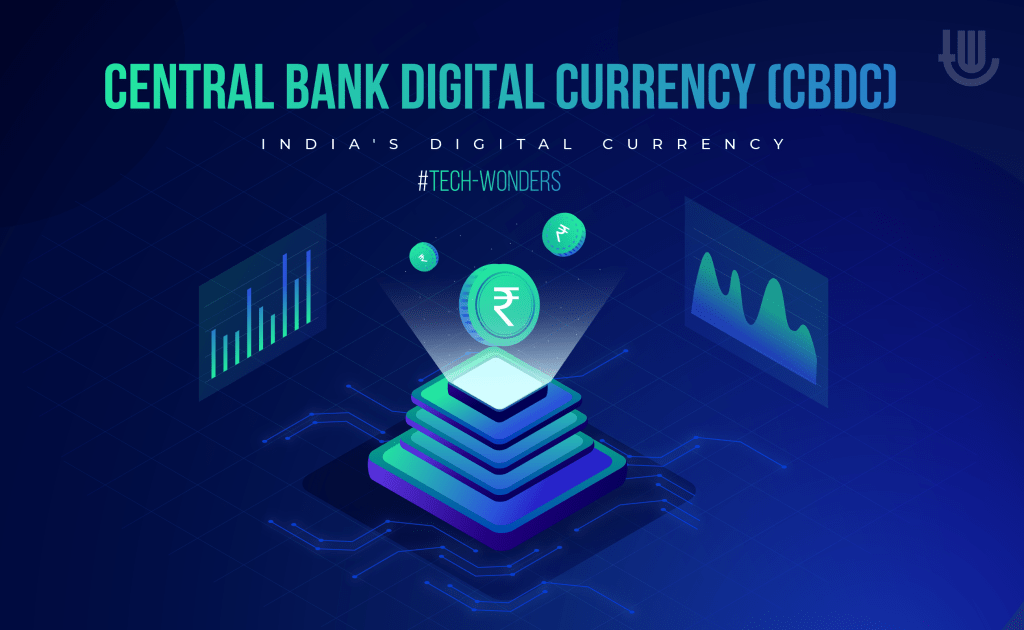ndustry experts believe that initiatives like the Digital India campaign have aimed to bridge the digital divide and empower citizens with access to digital services, including payments
The rise of digital payments in India has been revolutionary, fueled by technological progress and government efforts to promote cashless transactions and financial inclusion. Government initiatives like the 2016 demonetisation, aimed at reducing black money and encouraging cashless transactions, gave a significant boost to digital payments. Moreover, the introduction of the Unified Payments Interface (UPI) by the National Payments Corporation of India (NPCI) transformed the digital payment scene. Today, India boasts one of the world’s most advanced digital payment systems.
“The JAM trinity (Jan Dhan, Aadhaar, and Mobile) has laid the foundation for a diverse and inclusive digital ecosystem. Several digital payment platforms such as Unified Payment Interface (UPI), RuPay cards, Aadhaar Enabled Payment System (AePS), Bharat Bill Payment System (BBPS), National Electronic Toll Collection (NETC), and Mobile Wallets are facilitating secure and seamless digital transactions for the millions of citizens in the country,” said Shikhar Aggarwal, Chairman of BLS E-Services.
Under RBI Governor Shaktikanta Das’s leadership, the central bank has emerged as one of the most forward-thinking financial regulators globally, significantly transforming India’s digital payments landscape, added Shikhar Aggarwal.
Industry experts believe that initiatives like the Digital India campaign have aimed to bridge the digital divide and empower citizens with access to digital services, including payments.
According to Tushar Das, Chief Product and Data Science Head, the launch of the Credit Card on UPI rails and credit on UPI has been another innovative initiative that would further increase the growth of digital payments. However, the boldest move yet is the initiation of the Central Bank Digital Currency (CBDC), a digital form of the Indian Rupee.
“These measures reflect the RBI’s strategic commitment to promoting a digital-first economy, positioning India as a leader in global financial innovation. The emphasis on indigenous solutions like RuPay and the futuristic approach with CBDC underscores a visionary leap towards embracing digital transformation in the financial sector,” said Tushar Das.
Overall, the government’s proactive stance towards digital payments has had a profound impact on the financial landscape of India, driving widespread adoption of digital payment methods and paving the way for a more inclusive and efficient economy.

